Islamic Revolution at 45: Iran continues to take giant leaps in nuclear technology
By Ivan Kesic
To commemorate the 45th anniversary of the Islamic Revolution, Iranian officials announced major new steps in the country’s burgeoning peaceful nuclear program earlier this month, which includes the construction of a big nuclear power plant and a research reactor.
On February 1, the Atomic Energy Organization of Iran (AEOI) began the construction work on a new "Iran-Hormoz" nuclear power plant near the village of Gerdu and the town of Bandar Sirik in the country’s southern coastal province of Hormozgan.
Iran’s President Ebrahim Raeisi inaugurated the project through a video conference, noting that the project is "much bigger" than the 1,000-MW Bushehr-1 nuclear power plant, completed by Russia.
Mohammad Eslami, the head of AEOI, who attended the ceremony, said the plant is designed to have an electricity generation capacity of 5,000 MW and will comprise four 1,250-MW units.
He described the Iran-Hormoz Plant as a "super project" and said it will be constructed with an investment of $15 billion, highlighting the goal of installing 20,000 MW of nuclear power generation capacity across the country by 2041.
Four days later, Eslami also announced that Iran has started building a home-grown nuclear research reactor in the central city of Isfahan, with pouring concrete for the foundation of the reactor.
According to the AEOI chief, the 10-MW reactor is being constructed to create a powerful neutron source with high neutron flux for a variety of applications.
He elaborated that the process of designing and constructing nuclear reactors requires detailed studies, preparation, and equipment designs, and plans for the new reactor in Isfahan had started last year.
An interesting fact is that before the Islamic Revolution, Iran had research reactors and had plans for 20,000 MW of nuclear generation capacity, but it was only implemented after 1979.
Nuclear program before 1979
The beginning of Iran's nuclear program goes back to the 1950s, when a cooperation pact was agreed with the United States, which leased several kilograms of low-enriched uranium for research purposes.
A decade later, Washington sold Iran a 5-MW research nuclear reactor, installed in Tehran, and supplied it with highly enriched uranium as fuel.
During the 1970s, Iran's interest in nuclear power plants grew, which France, Germany and other Western countries saw as a lucrative business opportunity.
The long-term plan of the regime at that time was to pay tens of billions of dollars to Western countries for the construction of twenty nuclear power plants, with the aim of stable oil exports.
The work on the first Iranian nuclear power plant, Bushehr, started in 1975 courtesy of Germany, and it was planned to be supplied with low-enriched uranium by France.
France also planned to build the Darkhovin nuclear power plant and research center facilities in Isfahan in order to provide training for Bushehr reactor personnel.
After the dictatorial regime was overthrown and the Islamic Republic took shape in 1979, it turned out that Iran's dependence on foreign nuclear technology was almost one hundred percent.
Germany refused to continue the construction of the Bushehr power plant, France refused to build the Darkhovin power plant and send already paid fuel, and the research reactor in Tehran ran out of US fuel.
The two European countries gave various lame excuses for ending their cooperation, but the real reason was political pressure from Washington.
Standing on own feet
Despite attempts to isolate the Islamic Republic of Iran in the technological arena, it made new breakthroughs in the aftermath of the 1979 Islamic Revolution, relying on its own capacities.
Although new cooperation pacts were reached with China and Russia after 1979, they also did not go smoothly due to pressure from Washington.
China agreed to supply four smaller research nuclear reactors for the Isfahan center but withdrew from the planned construction of the Darkhovin plant.
The half-finished Bushehr nuclear power plant continued to be completed by Russia, with multi-year delays due to the aforementioned reasons.
Today's Iran has overcome all obstacles and is self-reliant in building nuclear power plants and research reactors, mines and enriches uranium with advanced centrifuges.
Many other regional countries have started building nuclear power plants in recent years with imported foreign technology that cost them tens of billions of dollars.
Mastering the construction of nuclear power plants will help Iran diversify its energy sources, reduce greenhouse gas emissions and further improve existing technologies, according to experts.
Trump floats ‘Dream Military’ fueled by record $1.5-trillion budget
Iran: US interventionism aimed at inciting violence, terrorism
VIDEO | Tunisian parties denounce Trump’s foreign policy as violation of intl. law
Trump’s immigration crackdown turns deadly; president says killer acted in ‘self-defense’
VIDEO | Trump renews highly aggressive rhetoric towards Iran
VIDEO | Transatlantic tensions: Greenland
VIDEO | Yemen’s Saudi-backed government expands control amid coalition strikes on separatists
Iran expects slight increase in domestic wheat purchases


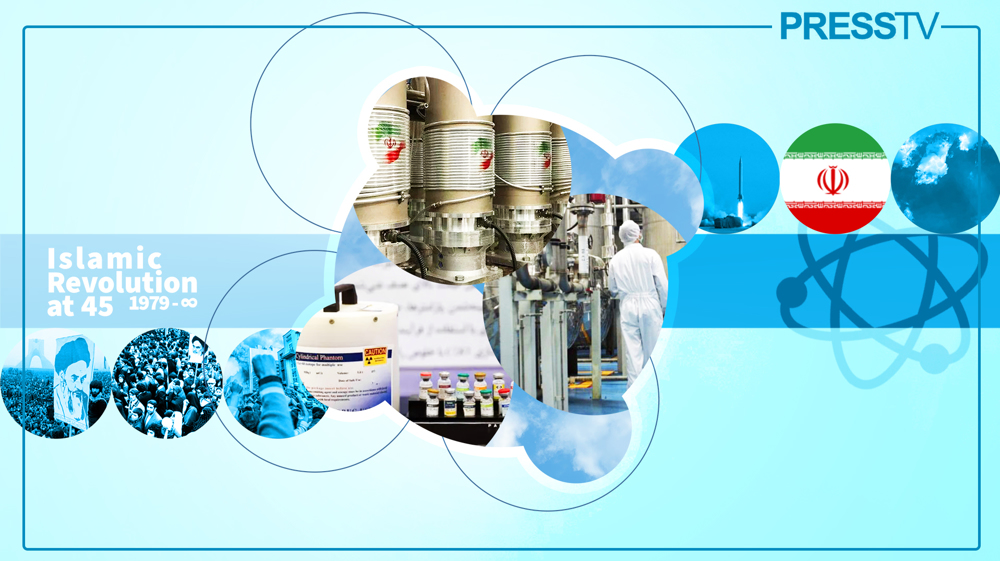

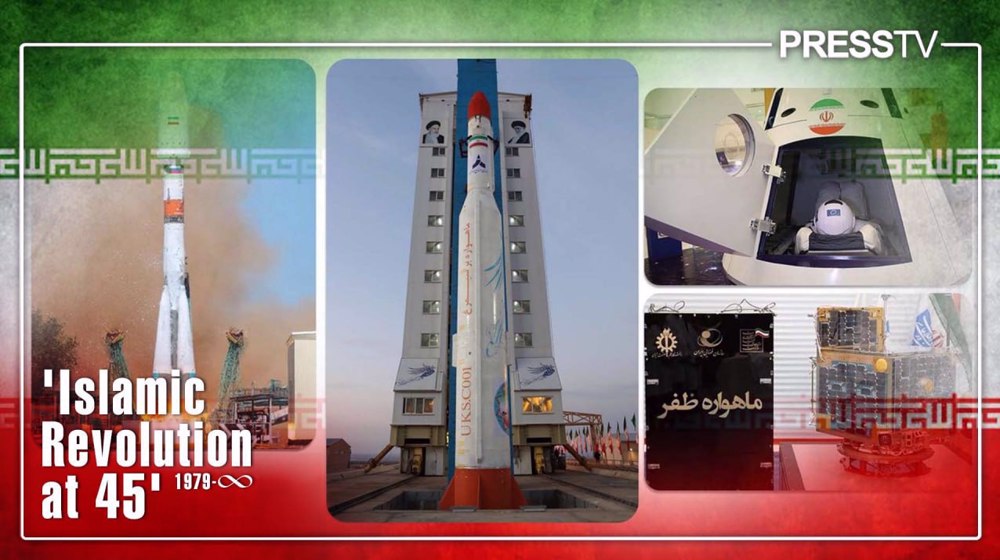
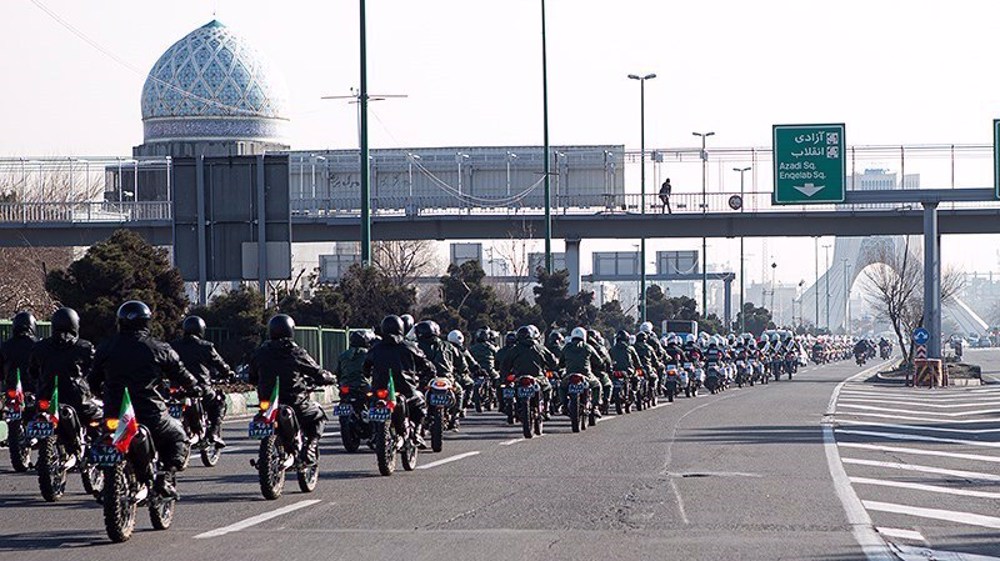
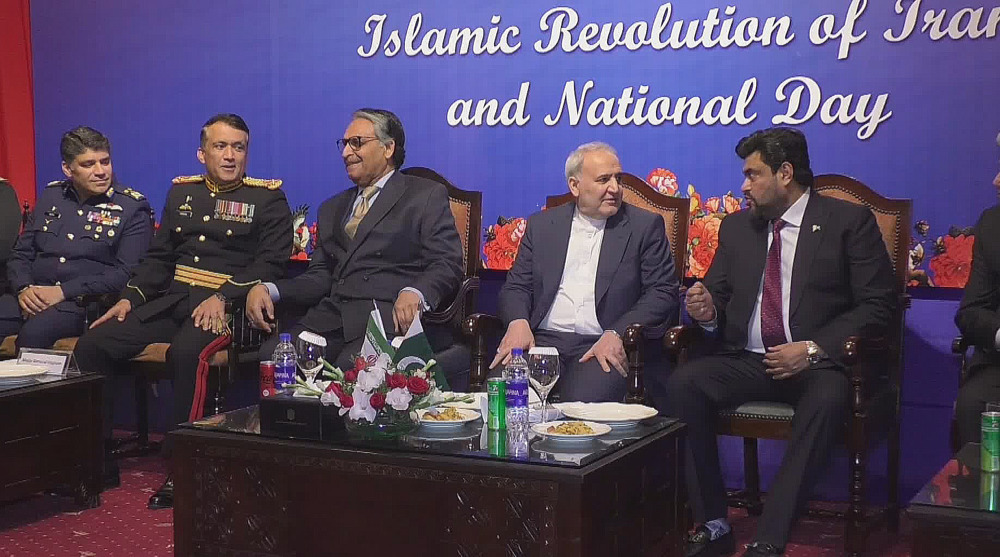
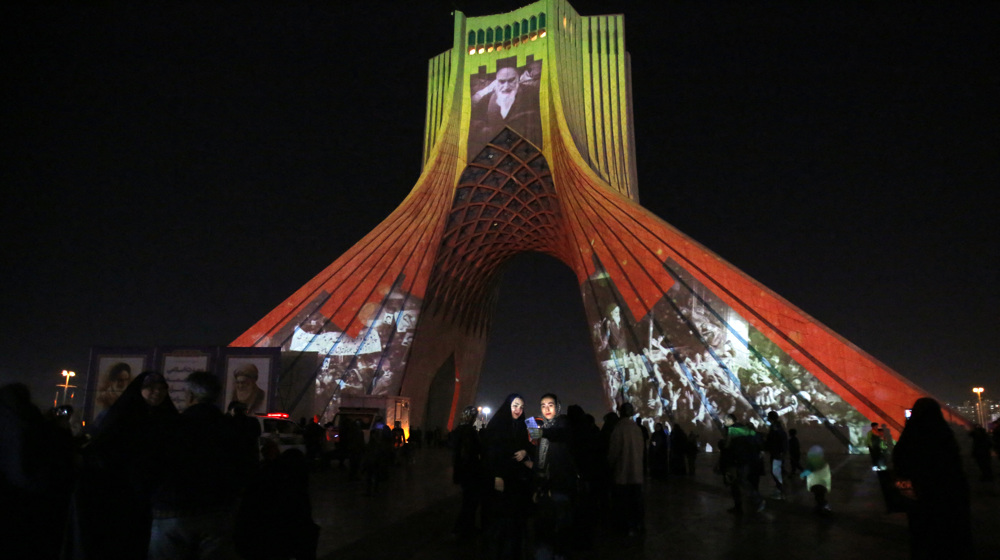



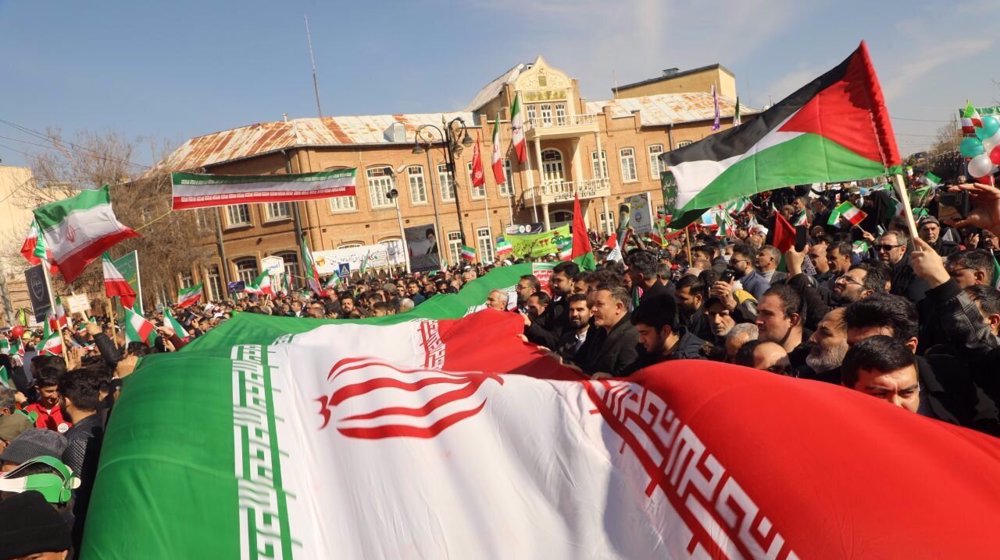
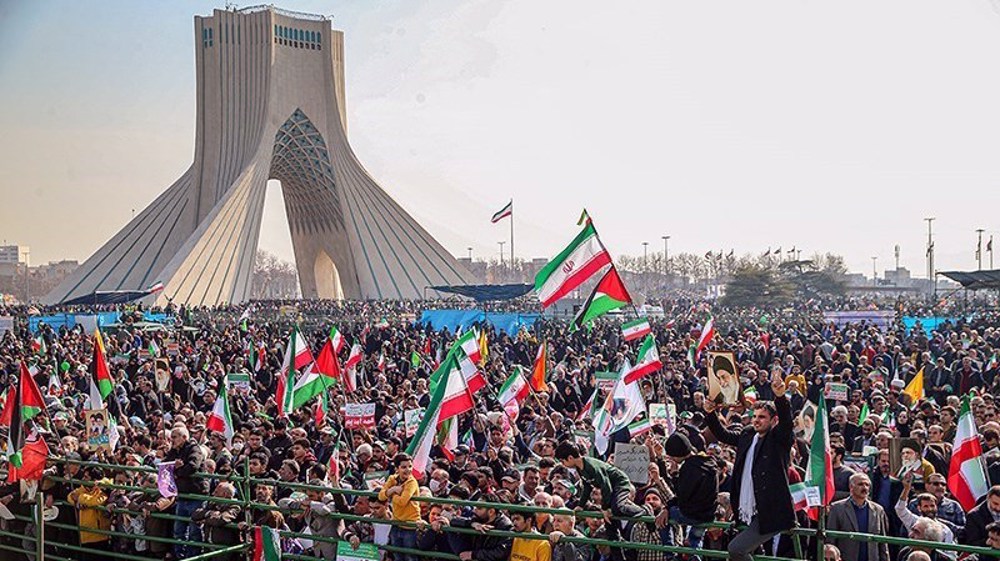
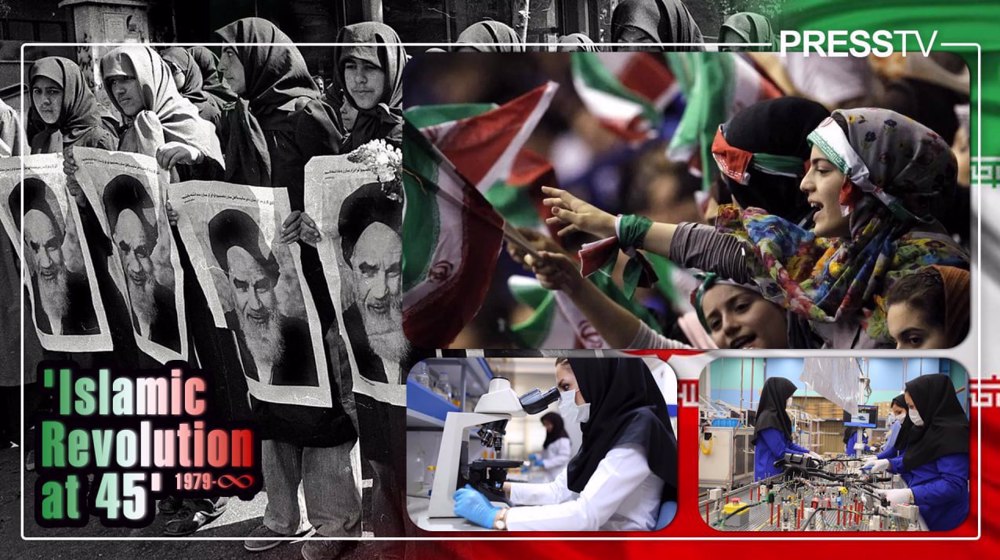
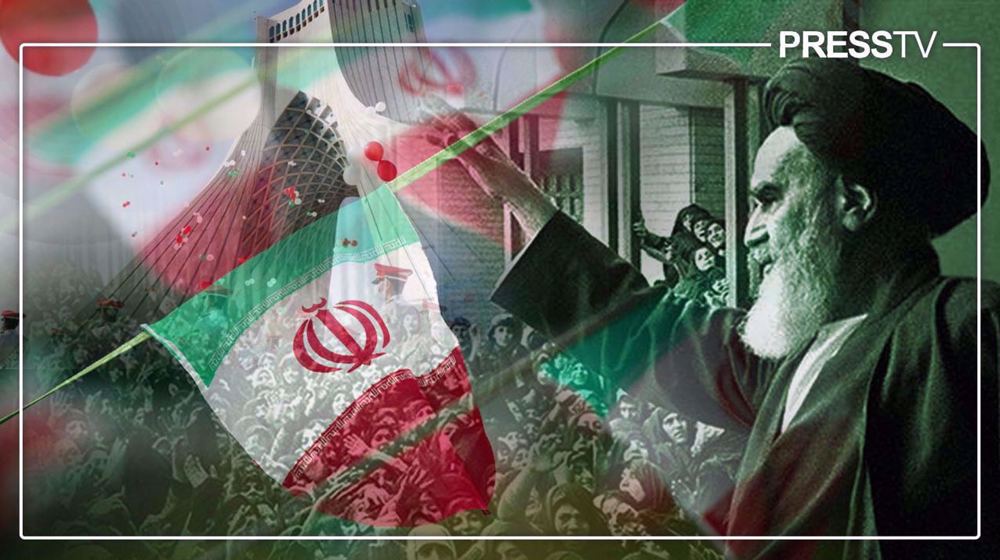
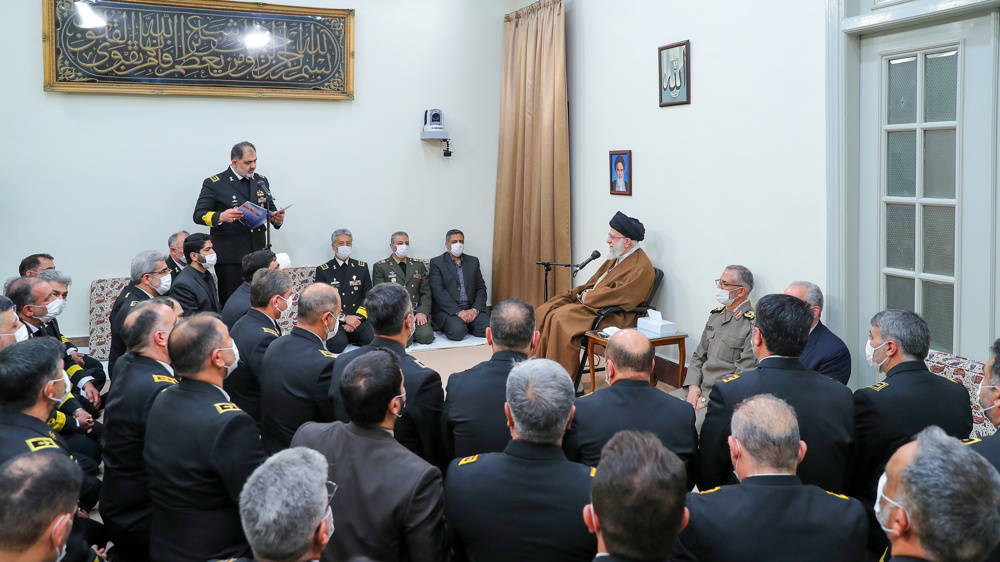

 This makes it easy to access the Press TV website
This makes it easy to access the Press TV website